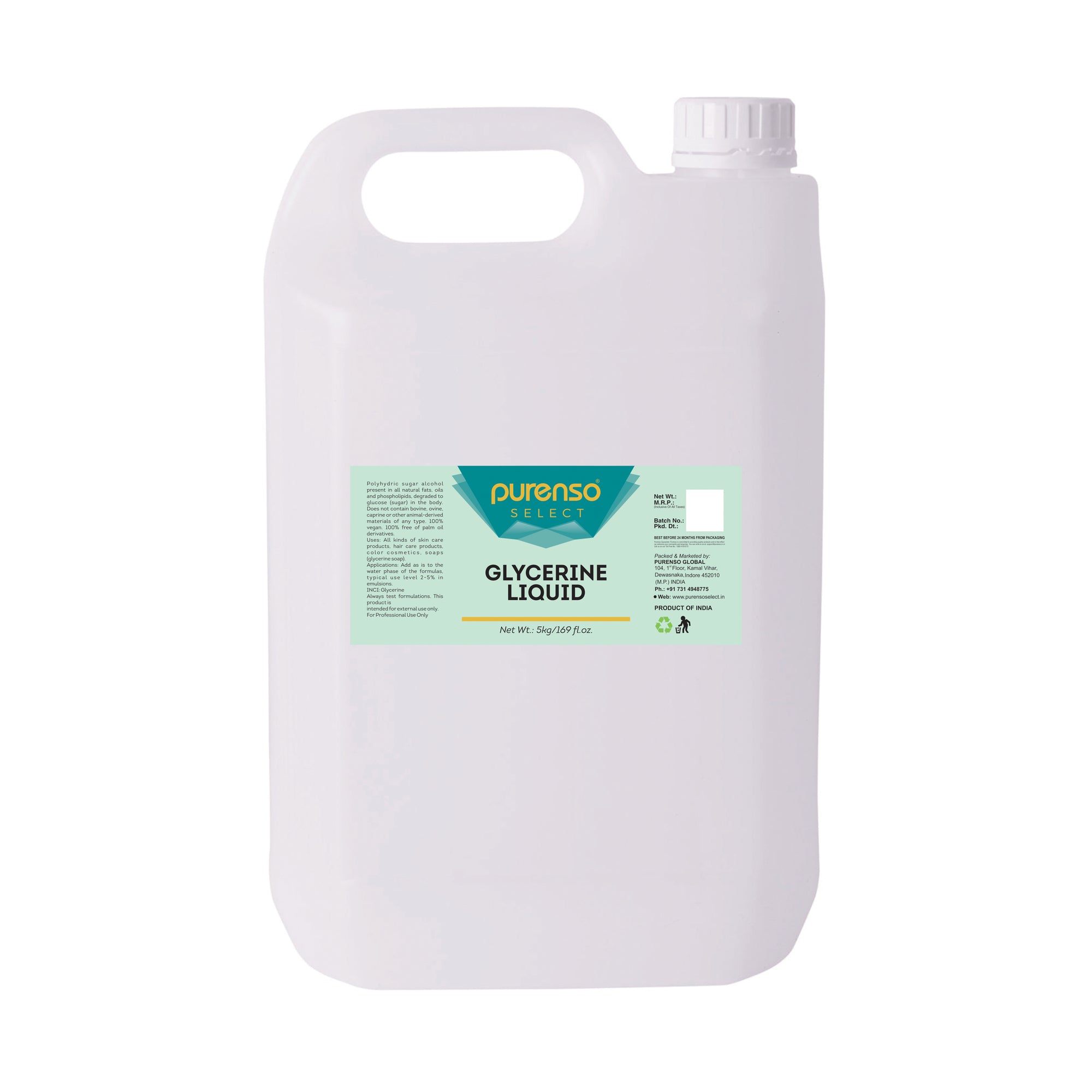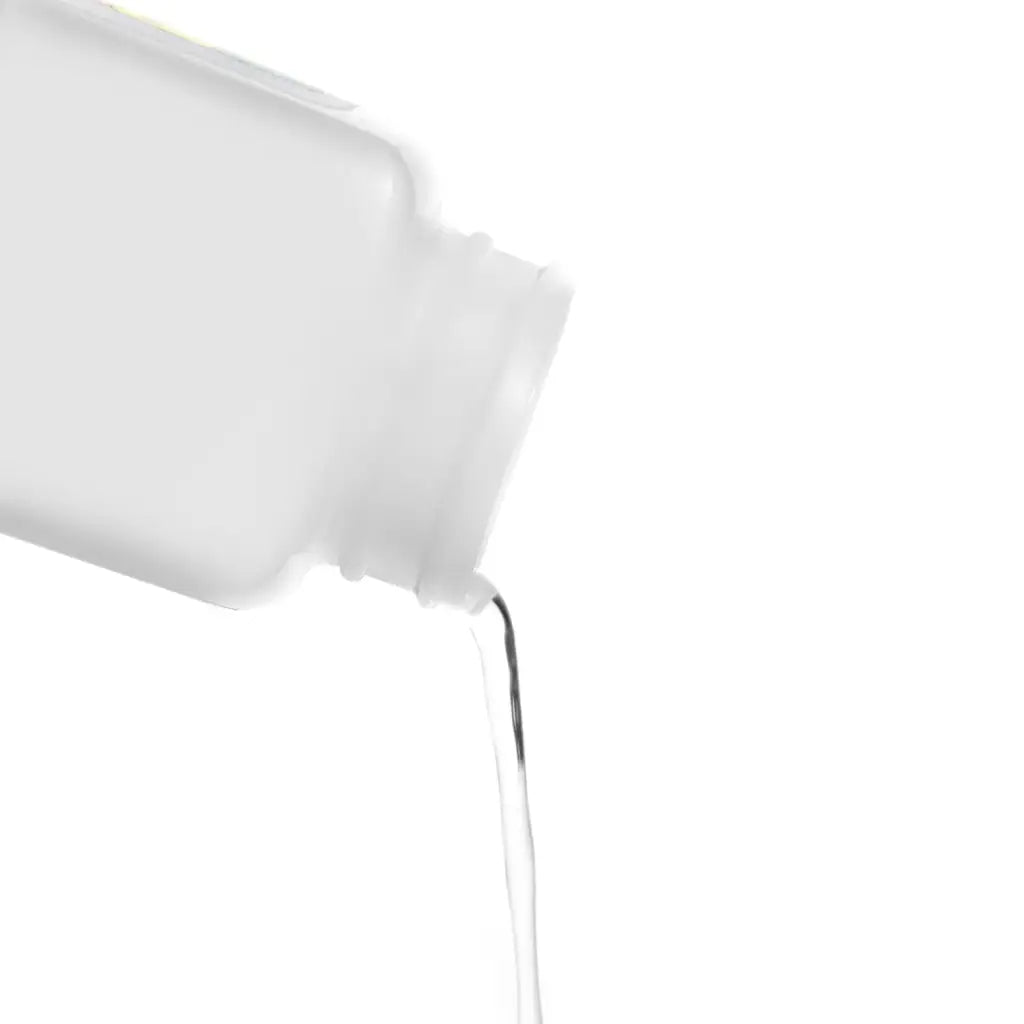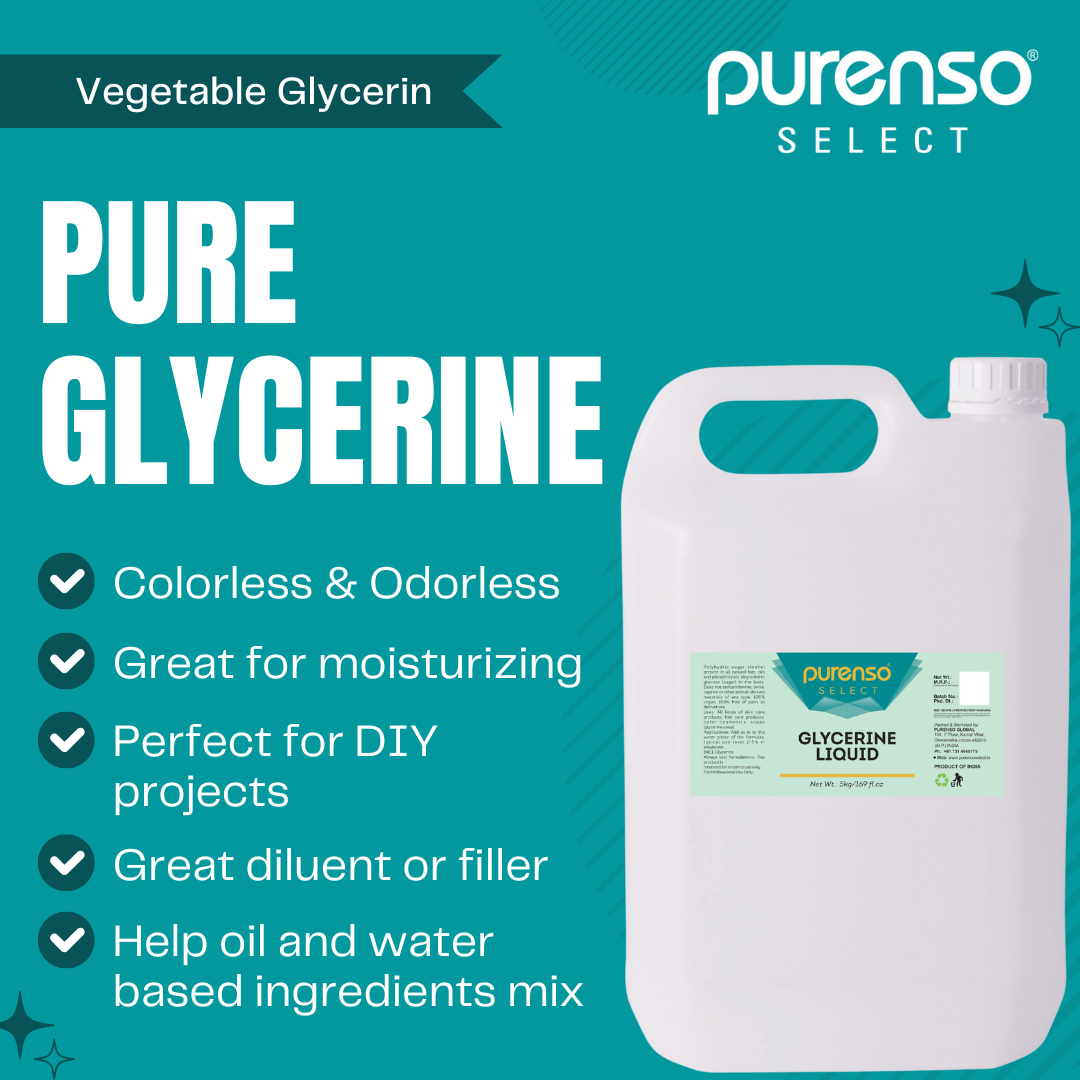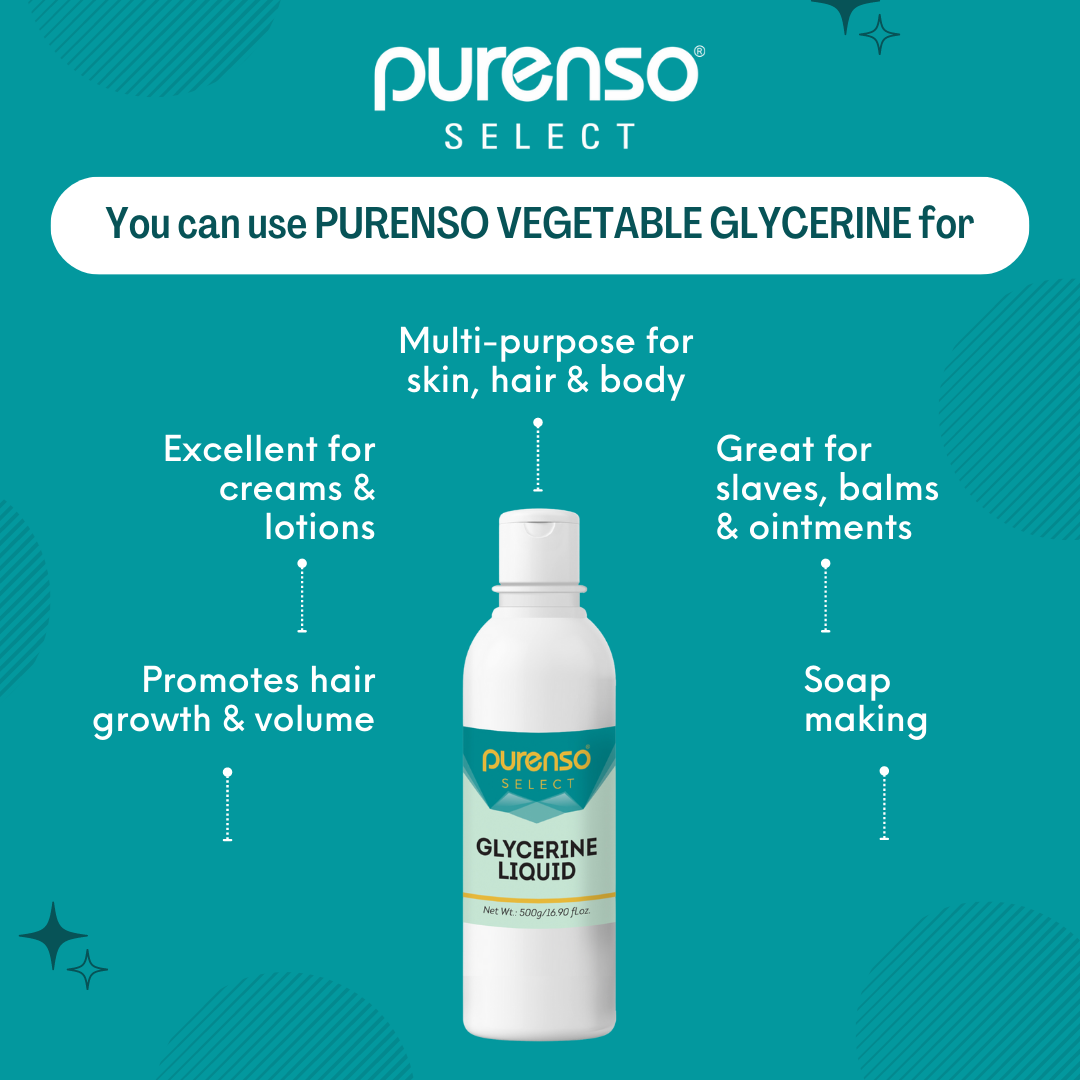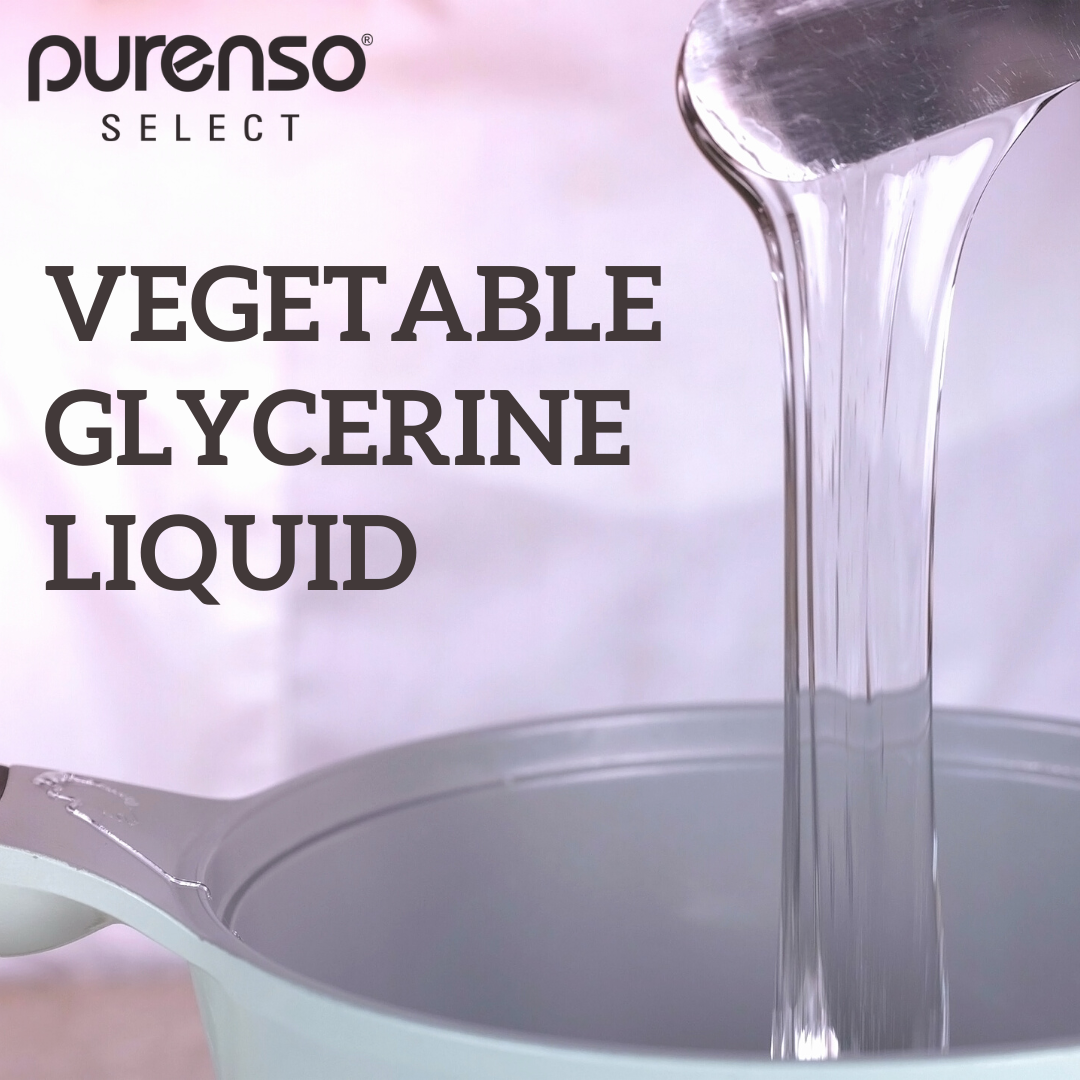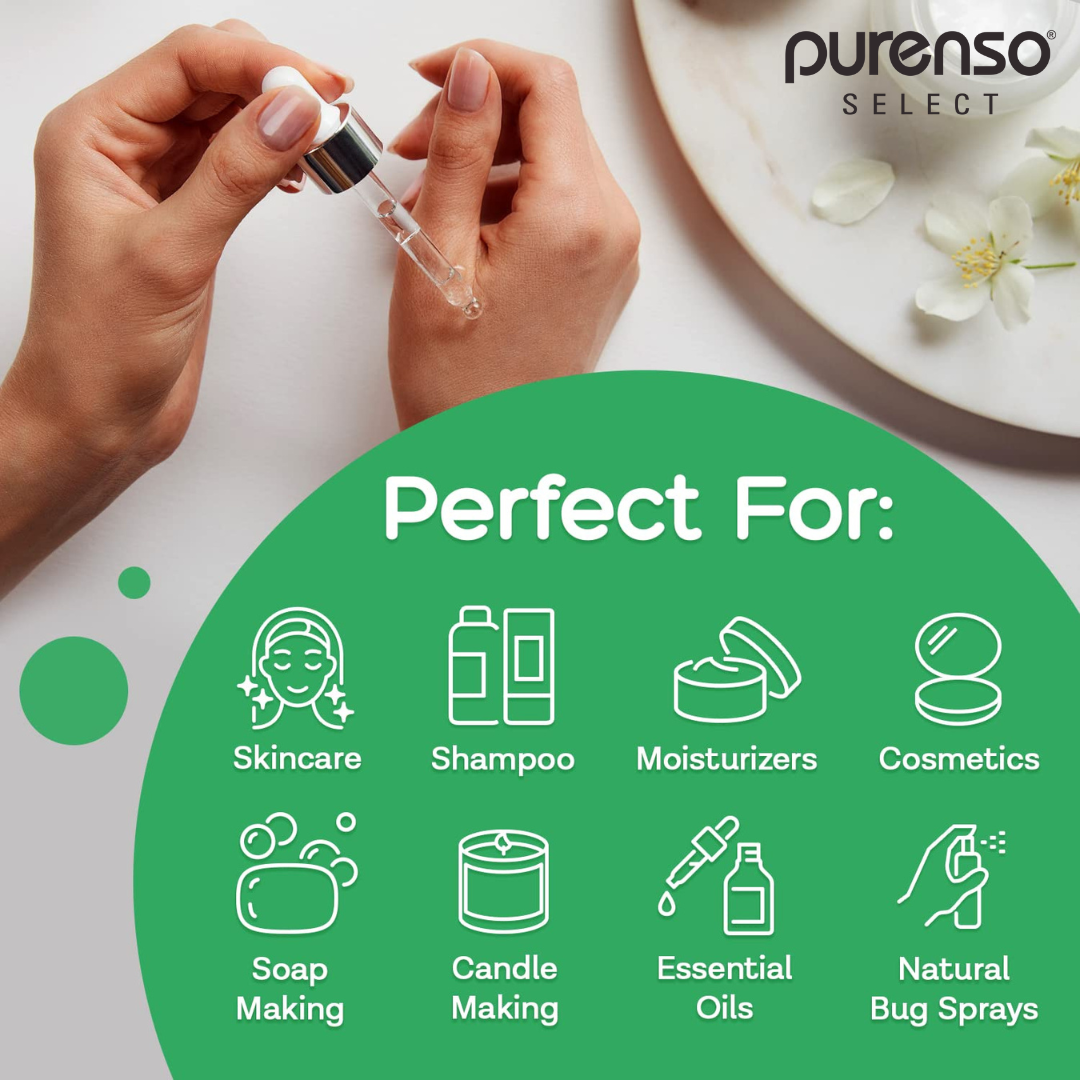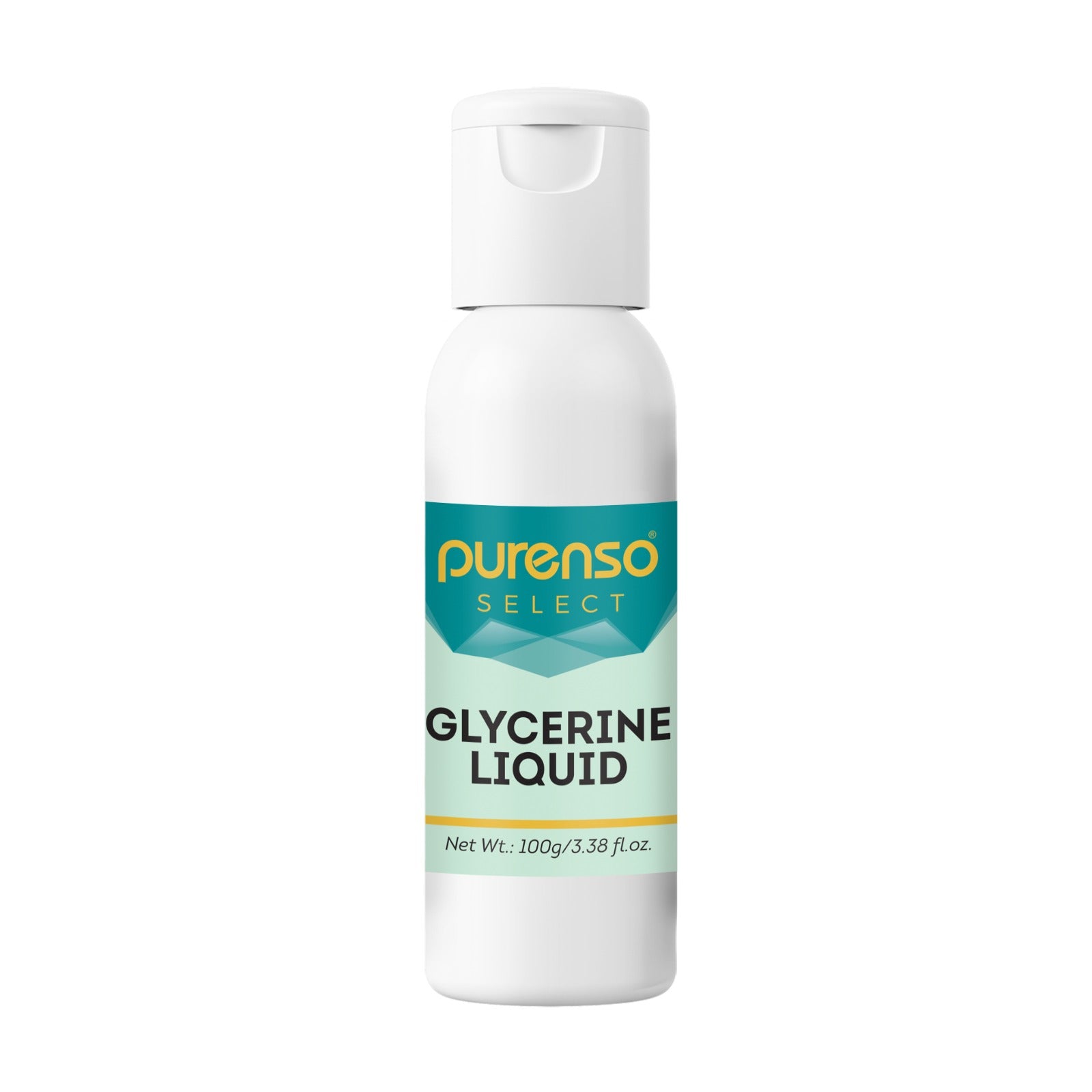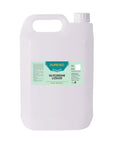
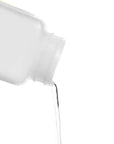

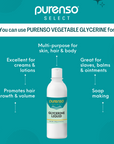
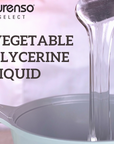
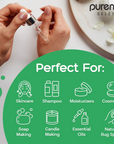
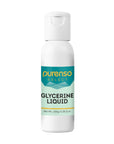
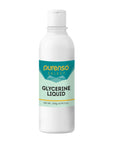
Glycerine Liquid
| Description | Glycerin is a thick, clear, sticky liquid derived from plants like palm and coconut. Glycerine is humectant that absorbs moisture from the air and when diluted with water, can soften dry skin. |
| INCI | Glycerine |
| Appearance | Clear liquid that looks like water, but is much more viscous. |
| Usage rate | Add as is to the water phase of the formulas, typical use level 2-5% in emulsions. For external use only. |
| Applications | All kinds of skin care products, hair care products, color cosmetics, soaps (glycerine soap). Include vegetable glycerine in the water phase of your products; it can be hot or cold processed. |
| Texture | A thick, sticky liquid |
| Scent | A bit sweet (it tastes sweet as well) |
| Absorbency Speed | Slow |
| pH | 7 |
| Solubility | Water |
| Why do we use it in formulations? | As a humectant to help draw moisture to the skin, and to add some gloss (and a slightly sweet taste) to products like lip gloss. |
| Strengths | A great humectant to add an extra boost to lotions and other emulsifier or water-based products |
| Alternatives & Substitutions | You’ll want to replace it with another humectant. Sodium lactate and propanediol 1,3 are good choices. |
| Tips, Tricks, and Quirks | You can use glycerin to make cool extracts! Most glycerine is vegetable sourced, but if you’re vegan you should confirm the source. |
| Benefits |
|
![]()
![]()
![]()
This product is a cosmetic raw material and is intended for external use only in cosmetic and personal care formulations. It is not intended for internal consumption or medicinal use.
- Do not ingest.
- Keep out of reach of children.
- Avoid direct contact with eyes.
All product images are for illustrative purposes only. Actual product color, texture, or packaging may vary from batch to batch.
Information provided on this website is for educational purposes only and should not be considered or interpreted as medical advice.
While we do not offer products for internal use, we source only high-quality, pharmaceutical or food-grade ingredients. Ingredient purity and performance are critical in cosmetic applications, just as they are in ingestible products.
Please note:
Just because two products have the same name or CAS number does not guarantee the same grade, purity, or effectiveness. Always choose trusted suppliers. Choose Purenso for premium-grade ingredients you can rely on.
FREQUENTLY ASKED QUESTIONS

